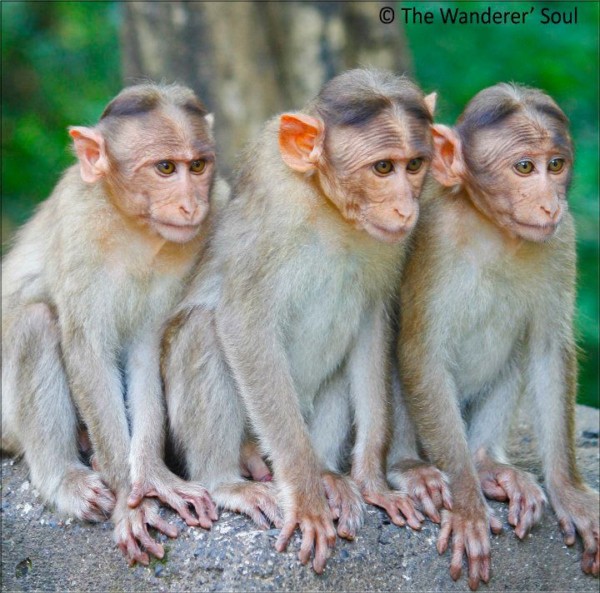
The Three Wise Monkeys iTravel
The three wise monkeys represent the moral message of not looking at, listening to, or saying anything evil, as well as to be morally upright in the face of any evil. However, the proverb is sometimes used sarcastically to those who turn a blind eye to something morally or legally wrong.
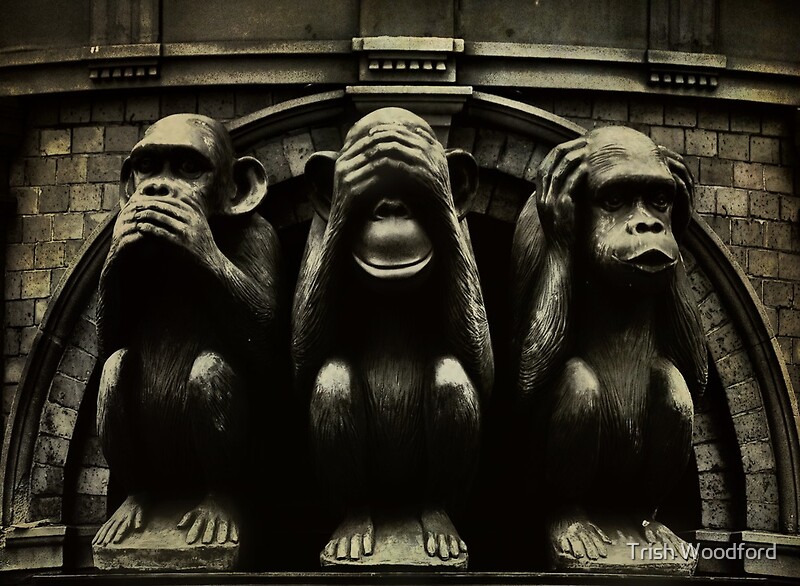
"Three Wise Monkeys" Posters by Trish Woodford Redbubble
Its most notable panel is the "Three Wise Monkeys," which depicts three Japanese macaques representing the principle of not seeing (Mizaru), not hearing (Kikazaru), and not saying (Iwazaru.

The Three Wise Monkeys • Alexandria Blaelock
The 2nd of October is a day to embrace the timeless teachings of Mahatma Gandhi. One of his most famous lessons - 'See No Evil, Hear No Evil, Speak No Evil' - was made popular by the proverbial three monkeys, Bapu, Ketan and Bandar. When we're constantly exposed to evil, we don't realize the damage it does. The purpose of these monkeys is to help us let go of the evil we wish to.

The Meaning Behind The Traditional Three Wise Monkeys Tattoo
The three monkeys in the story behind the famous proverb are Mizaru, Kikazaru, and Iwazaru. In Japanese culture, these monkeys are often called the Three Wise Monkeys or the Three Mystic Apes. The three monkeys, originating from this Buddhist story, teach the importance of having good thoughts, speaking kindly, and doing good deeds.
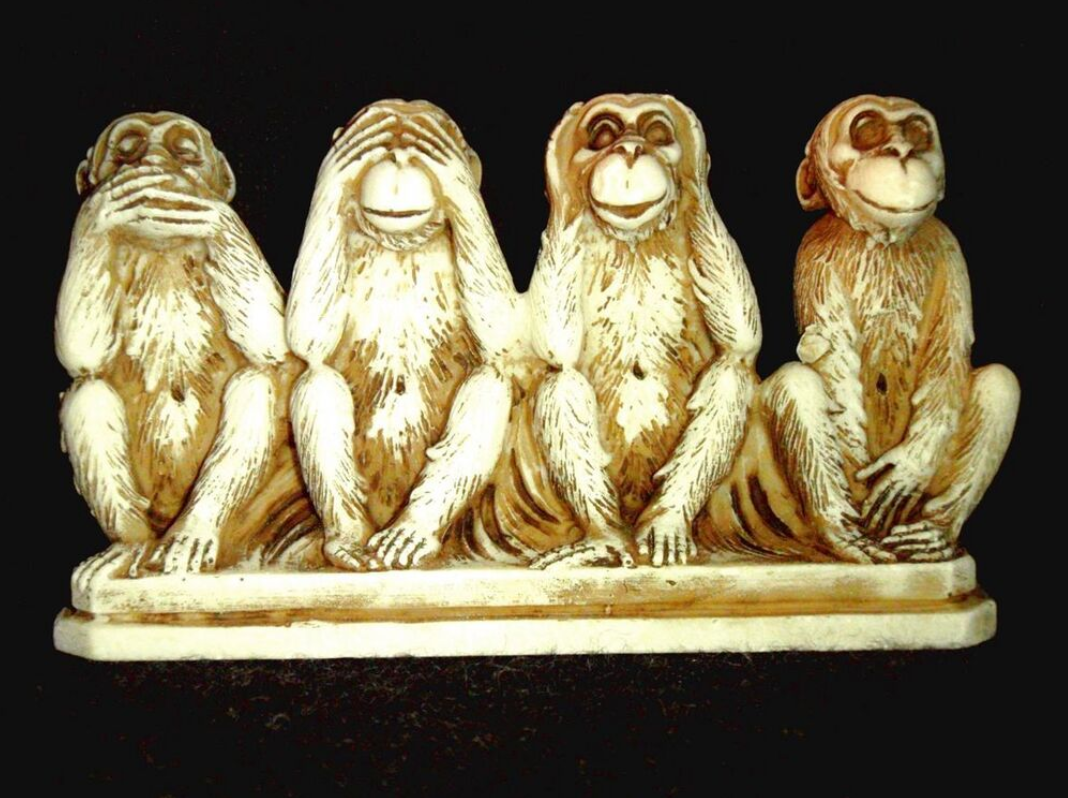
Three Wise Monkeys Encyclopedia MDPI
The legend of the three wise monkeys has its origin in Chinese mythology. It tells a striking story starring three curious characters. The protagonists are Kikazaru, the monkey that doesn't hear, Iwazaru, the monkey that doesn't speak and Mizaru, the monkey that doesn't see.

THREE WISE MONKEYS stock illustration. Illustration of inheritance 2716871
Three Kings Day is also known as Día de los Reyes in Spanish, directly translating to "Day of the Kings." The name is commonly shortened to Día de Reyes. Three Kings Day is the religious commemoration of the day when the 3 wise men—often referred to by name as Melchior, Caspar, and Balthazar—arrived with gifts for baby Jesus.

The Three Wise Monkeys and Its Paradoxical Symbolism SymbolSage YouTube
The long journey of the 'Three Wise Men' to the Rhineland begins with the history of the Roman Catholic Church — and an emperor's mother, who was an avid collector of holy relics. In the year.
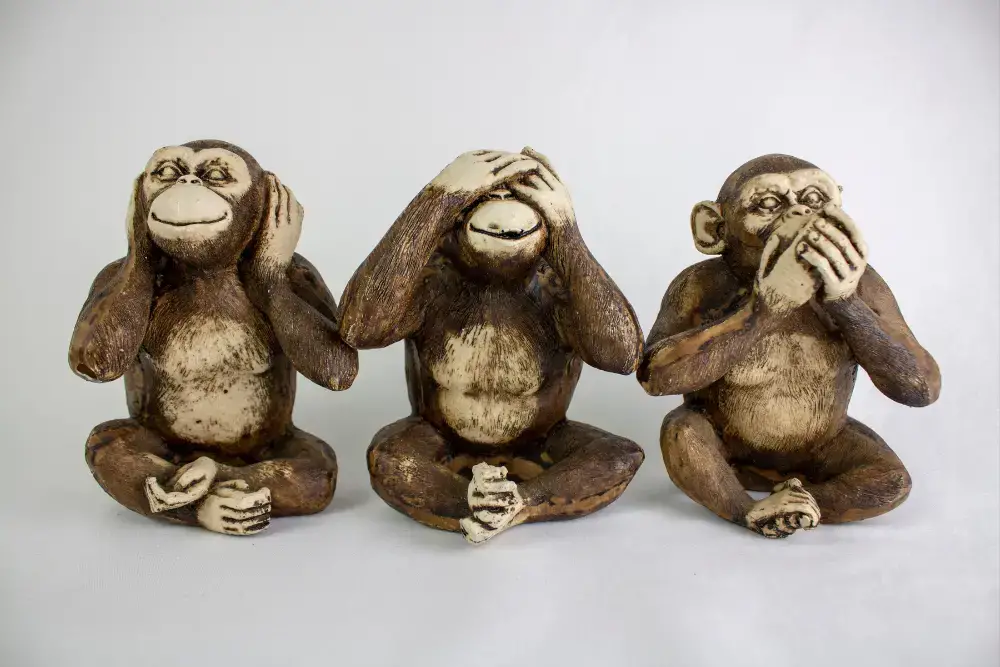
The Meaning and Origin of the Three Wise Monkeys Tattoo Design Psycho Tats
From Longman Dictionary of Contemporary English Three Wise Monkeys, the the Three Wise Monkeys ˌThree Wise ˈMonkeys, the three monkeys who are shown in pictures sitting in a row. The first has its hands covering its eyes, the second has its hands covering its ears, and the third has its hands covering its mouth.

Three Wise Monkeys Manipal Digital
Overview Three Wise Monkeys Quick Reference Small statuettes of three monkeys, one covering his eyes, another his ears, and another his mouth, have been popular in Britain since (probably) the 1900s; they are known to have been carried as lucky charms by soldiers in the First World War.

Three Wise Monkeys and Its Paradoxical Symbolism
They prostrated themselves and did him homage. Then they opened their treasures and offered him gifts of gold, frankincense, and myrrh" (Mt 2:11). Here are seven facts that perhaps you didn't.

The Three Wise Monkeys Jonathan's PHILATELY blog
Just mizaru, kikazaru, iwazaru, not seeing, not hearing, not speaking. Also, in Japanese they're called the three monkeys, sanzaru (三ざる). The word wise isn't in there at all. Famous Depiction in Toushou-gu in Nikko. One of the most famous depictions of the three monkeys is at Toushou-guu (東照宮) in Nikko (日光). This grand.

Three Wise Monkeys, poem by Melancholic Wisdom
A cultural symbol originating in Japan, the three wise monkeys—one covering his eyes, one his ears, and one his mouth—are known by their names Mizaru, Kikaza.

Three Wise Monkeys Gandhiji's Monkeys, THREE WISE MONKEYS GANDHIJI'S MONKEYS
4 minutes. The three wise monkeys metaphor comes from a pictorial maxim by Confucius that encourages one's refusal to see, hear, or talk about evil things. This would guarantee happiness in life. Most people have seen the three wise monkeys before. It's usually the image of three monkeys: one covering its mouth, one covering its ears, and the.

Three monkeys image Real meaning YouTube
The three wise monkeys are a pictorial maxim, embodying the proverbial principle "see no evil, hear no evil, speak no evil". The three monkeys are Mizaru, covering his eyes, who sees no evil; Kikazaru, covering his ears, who hears no evil; and Iwazaru, covering his mouth, who speaks no evil.
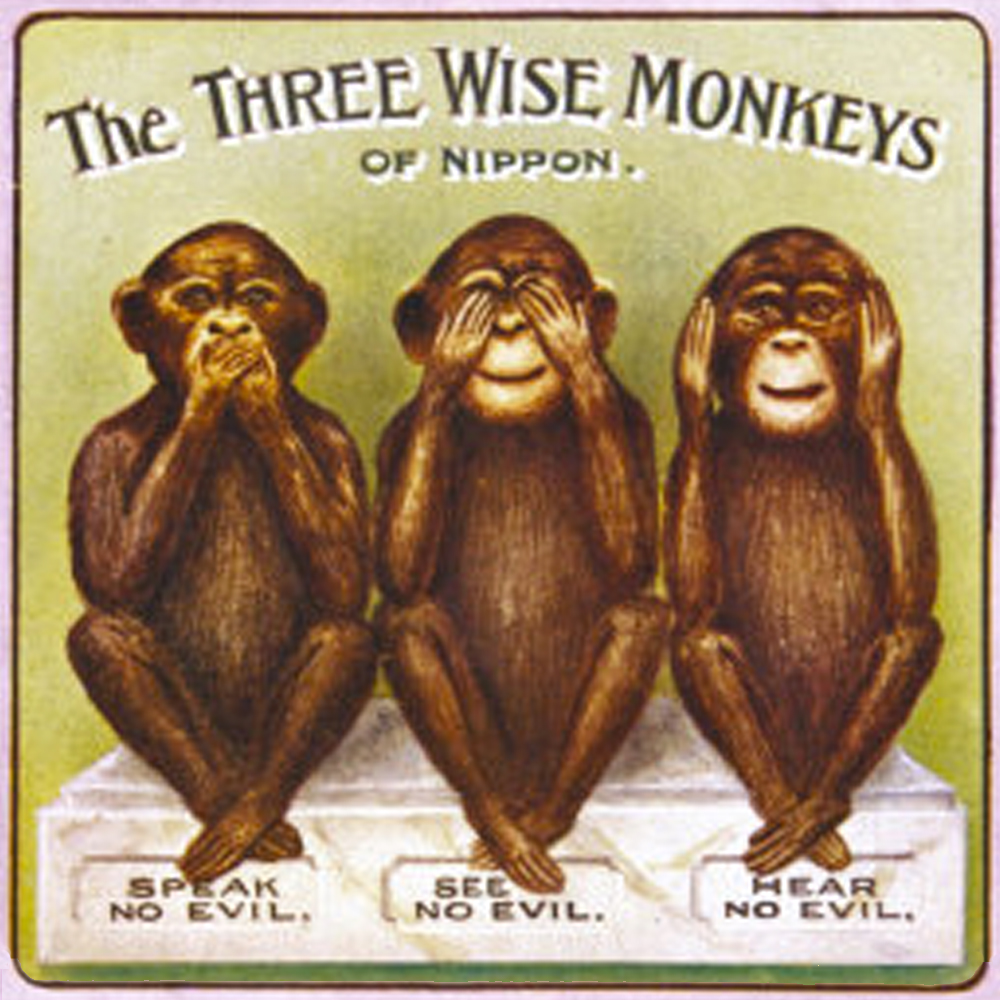
The Three Wise Monkeys (Οι 3 Σοφοί Πίθηκοι) WiseHome.gr
The Three Wise Monkeys are symbolic of several different things: - Ethics: The monkeys remind us to be ethical and not to engage in unethical behavior. - Gossip: The monkeys urge us not.

Quotes about Three wise monkeys (20 quotes)
Three Wise Monkeys illustrated the idea of protecting one's self from unsavory or challenging behavior, thought, or language.